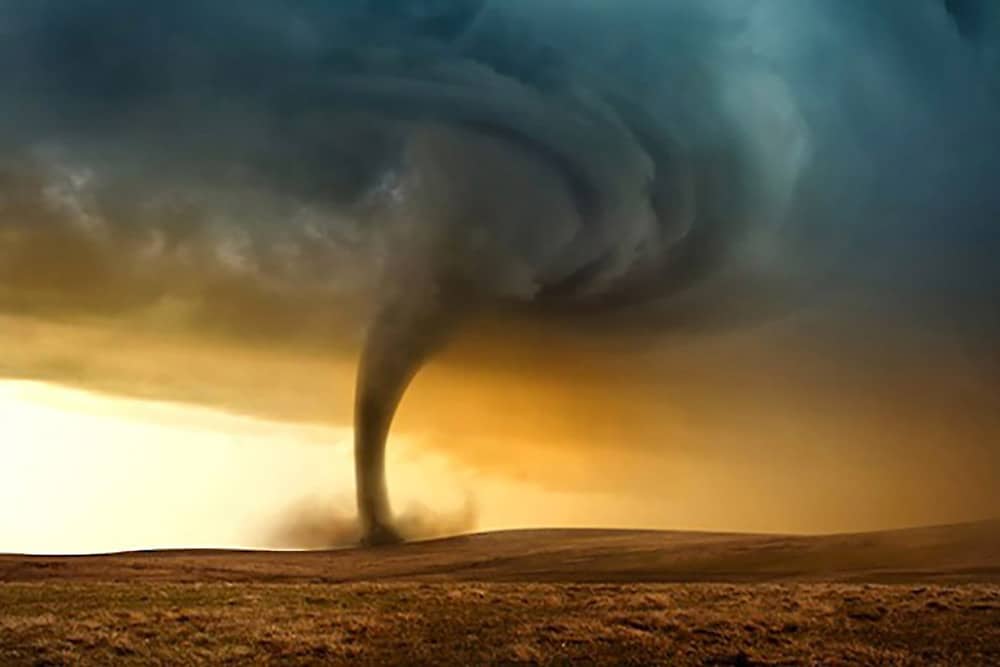 We’re all seeing the reports of Hurricane Harvey and Irma, with others on the horizon, and these are nothing new. For thousands of years, homeowners have ‘batten’d down the hatches’ and hidden in cellars while Mother Nature rages around us. It’s unfortunate and it’s unavoidable, and if you’re looking to help, we recommend that you can check out groups like this one. While natural disasters strike, they put everything in perspective. For the Australian Heritage Homes team, they remind us to hold our loved ones close, appreciate what’s important in life, and remind us why service to our community is so important.
We’re all seeing the reports of Hurricane Harvey and Irma, with others on the horizon, and these are nothing new. For thousands of years, homeowners have ‘batten’d down the hatches’ and hidden in cellars while Mother Nature rages around us. It’s unfortunate and it’s unavoidable, and if you’re looking to help, we recommend that you can check out groups like this one. While natural disasters strike, they put everything in perspective. For the Australian Heritage Homes team, they remind us to hold our loved ones close, appreciate what’s important in life, and remind us why service to our community is so important.
We’re passionate about building homes for our valued customers, which put a huge emphasis on the safety and comfort of their inhabitants. While unfortunately, no home is completely impervious to natural disasters, there are certain things that you can do, to ensure maximum safety. Let’s take a look:
Do Your Homework
We’re not just talking about the style of your home’s architecture, or if all of the pieces are firmly in place; This is more about taking a look at the terrain of your neighbourhood. Is the area susceptible to earthquakes? Is it close enough to a body of water, where flooding could be a real concern? It’s detrimental to pull the wool over your eyes here. Just because your dream home looks pretty, does not make thousands of dollars of home repairs down the line, worth it. Look at satellite maps of your area and ask around about the last time that the neighbourhood suffered anything that you should be concerned about. Be well-educated about anything that could be costly.
Pick Out a Shelter From Natural Disasters
If you’re already living in your home, and/or have officially completed your preliminary research—it’s time to take a closer look at your home. Do you have a safe area picked out? Cellars and basements can be ideal in this capacity. So can bathrooms and hallways. You’ll need a place where you and your loved ones can take refuge when strong winds or heavy rain hit.
Purchase Emergency-Readiness Kits
Now it’s time to shop. You may have noticed a huge influx in the market of emergency-readiness kits. Some laugh at these, but they’re valuable tools if you’re ever hit by a calamity. Items that they frequently include are dried or freeze-dried food (easier to consume without water), personal water jugs, batteries, and a first-aid kit. Bonus? If disaster doesn’t strike, you have yourself a plethora of handy necessities hidden around the house.
Remain Vigilant
If you’ve completed all of the above, it’s time to remain vigilant, but you can now also enjoy your new home or neighbourhood. If you’re renting, inspect your property on a regular basis. Make sure that your landlord or development company is taking care of tasks like pruning large trees, monitoring standing waters, or taking care of that precarious beam that looks like it could fall at any minute. If you own, well, all of the above is up to you!
Questions? Give the AHH team a shout. We’d love to hear from you.